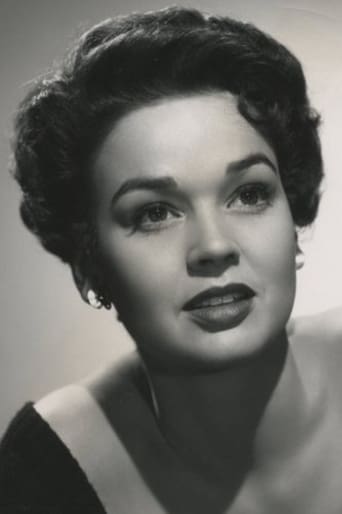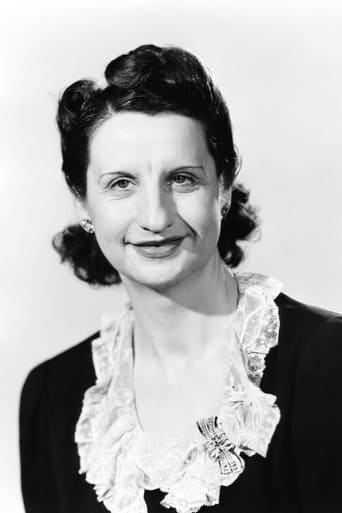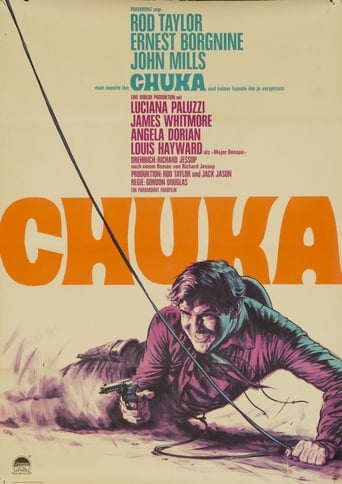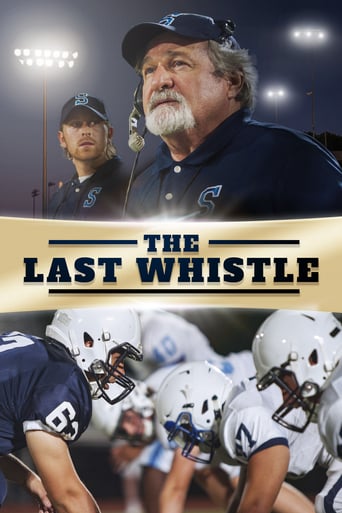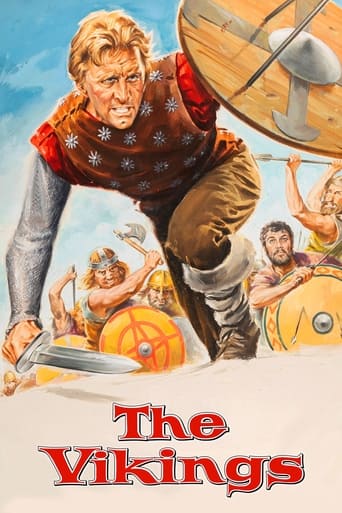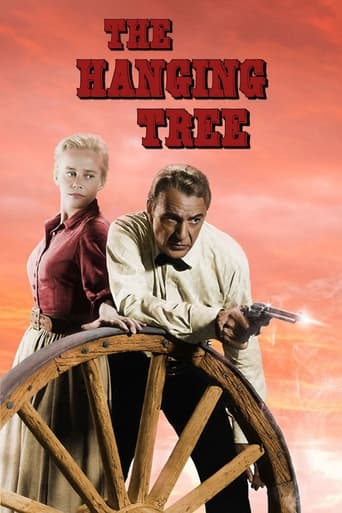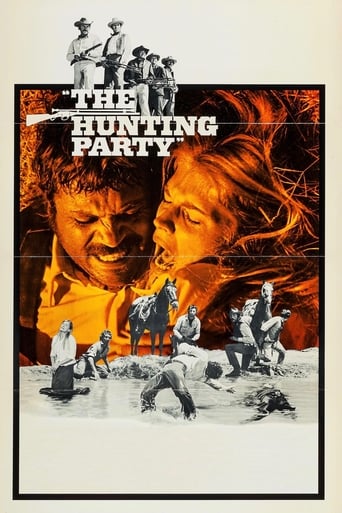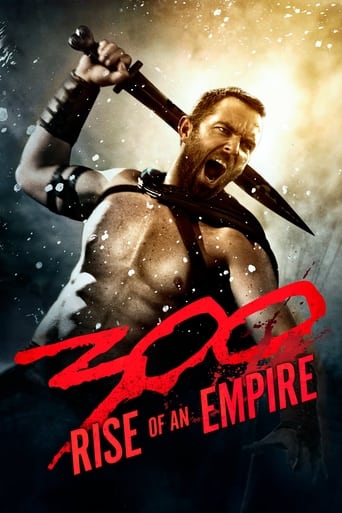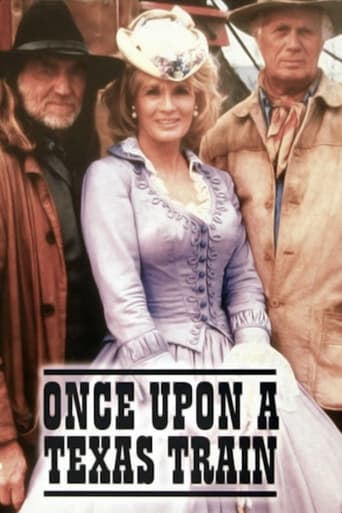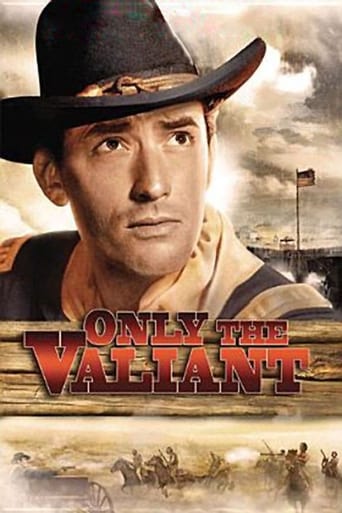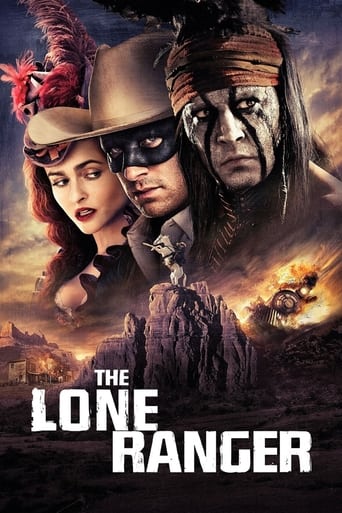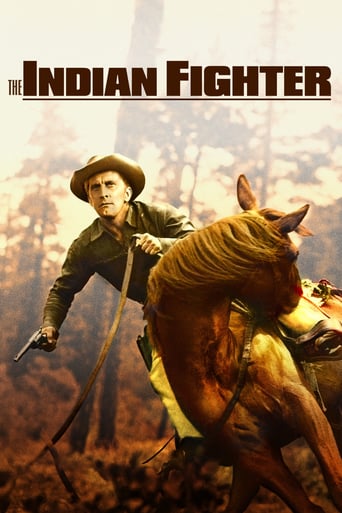
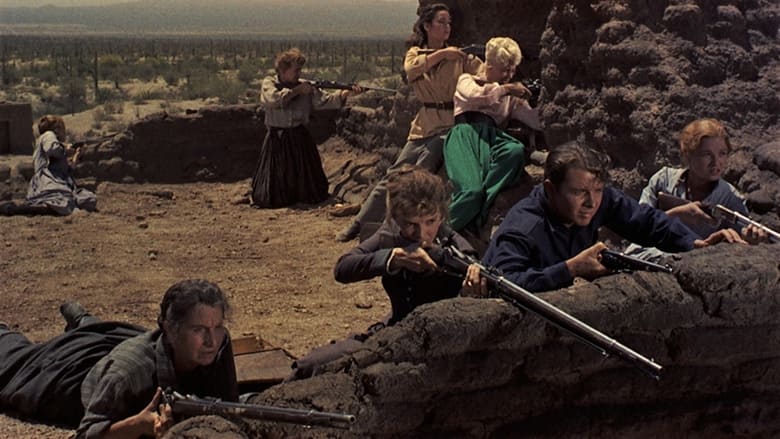
The Guns of Fort Petticoat (1957)
Opposing his commanding officer's decision to attack a group of innocent Indians and wipe them out, Lt. Frank Hewitt leaves his post and heads home to Texas. He knows that the attack will send all of the tribes on the warpath and he wants to forewarn everyone. He gets a chilly reception back home however. With most of the men away having enlisted in the Confederate army Frank, a Union officer, is seen by the local women as a traitor. He convinces them of the danger that lies ahead and trains them to repel the attack that will eventually come.
Watch Trailer
Cast


Similar titles
Reviews
The picture opens with a take on the historical Sand Creek Massacre which occurred on November 29th, 1864. It was accurately depicted as being led by Colonel John Chivington, though in the actual battle Chivington's forces totaled about two hundred fifty men, a lot larger than this film represented. The number of Cheyenne and Arapaho Indians slaughtered varies with the source, but most of the estimates come in around a hundred thirty five, with most of them being women and children. The colonel who led the attack was particularly hateful of Indians and was quoted back in the day saying - "I have come to kill Indians, and believe it is right and honorable to use any means under God's heaven to kill Indians." Quite appropriately, the event also goes by the name of Chivington's Massacre.With that, Lieutenant Frank Hewitt (Audie Murphy), disgusted with the actions of his commanding officer, deserts the Cavalry and heads south into Texas, attempting to warn whoever he can that a Cheyenne uprising is imminent. Finding the border town of Jonesville occupied primarily by women whose husbands are off fighting for the Confederacy, Hewitt is confronted with derision and disdain for wearing a Union uniform. It takes the murder of a local woman by a Cheyenne to convince the rest of the women to abandon town and bond together for protection at a run down mission under Hewitt's direction and training.My favorite character here has to be 'good as three men' Hannah Lacey, admirably portrayed by the feisty Hope Emerson. Hannah gets right into the spirit of things at the mission fort, calling all her female charges 'men', as in 'Let's go men' when it's time to buckle down and do the hard work required to get ready for an Indian attack. Hewitt placed her second in command, and who was going to argue? In this story though, you didn't get a sense of how big actress Emerson actually was, six foot two and two hundred thirty pounds in her heyday. If you get the chance, you really have to catch her in the 1950 prison movie "Caged", it'll give you nightmares for a week! There's a side story regarding a trio of outlaws that interferes with Hewitt's command of 'Fort Petticoat' but they're dispatched rather quickly once the Cheyenne figure out their game. When it comes time to defend the mission, the women are up to the task, even while taking on casualties. The picture is quite realistic in that regard, showing women and even a young kid getting shot before Hewitt's calculated move to ambush a Cheyenne medicine man and string him up to stop the warring tribe, thereby suggesting it was not a good day to die.
My TV Guide, with which I sometimes find myself in agreement, gave this three stars out of four and I thought, "Why not?" It wasn't a masterpiece. It had no poetry. It was worth three stars, I guess, if you consider the genre -- inexpensive Western with no bankable big stars. But, really, the plot is rudimentary and derivative. By 1957 the war movies had played themselves out, but this film simply transposes the story of a small heroic band of soldiers finally triumphing over a horde of savage enemy soldiers, only in this case the heroic soldiers are all women and the savage enemy is the Comanche instead of the Japanese or Germans.It's the Civil War period and Colonel Chivington has just wiped out an Indian village. This brutality puts the white man in disfavor with the Comanche and provides them with a revenge motive. Lieutenant Audie Murphy deserts his command and rides to Texas to warn the settlers. He winds up at a decrepit mission in the middle of nowhere. It's occupied only by about two dozen women and a few kids. Murphy's job? To whip these women out of their winsome civilian ways and make soldiers out of them.He designates the monumental Hope Emerson sergeant. The others he calls by their rank or their last names. He teaches them how to load and shoot a rifle. He teaches them martial arts. It's almost funny, the way Murphy goes around barking orders -- "Sergeant, you take the west window. Martin, go over to your post. The rest of you come with me." Even when the Comanche finally do show up there's something vaguely comic about the battle. The Indians ride in merry circles around the mission, like horses on a carousel. Even the gun shots and the wounds and the death are overdone to the point of absurdity, and it owes nothing to the jokes about exploding rifles. There is a kind of balked romance between Murphy and the rather pretty Kathryn Grant but it's dispensable.None of the performances stand out, although Hope Emerson, who is roughly the size of the Colossus of Rhodes, is unforgettable as always. Man, you ought to see her in "Cry of the City." Whew.The photography looks hasty, and probably was. The settings -- Old Tucson with its faux adobe walls -- is attractive enough, but there is a scene in which Sean McClory, as a cowardly traitor, is talking to his girl friend through the barred windows of a jail. The young lady is standing outside and is adequately lighted but McClory is in this dark dump and no viewer could help experiencing a susurrus of disquiet while thinking, "Hey, that guy in the jail has an orange light shining on him from inside!" What I mean is, it's pretty clumsy.Overall, if you don't expect anything in the way of originality, it's a way to while away an hour and a half without feeling too much pain.
Lt. Frank Hewitt absconds from the Union Army to warn fellow Texans that Indian attacks are inevitable due to a massacre at Sand Creek. What he finds is that all the men are away fighting in the Confederate Army so the homesteaders are mainly made up of women. Having to first earn their respect and trust, he convinces them to prepare for an Indian attack at a dilapidated mission station, teaching the majority of them to shoot and fend for themselves in hand to hand combat. Badly outnumbered when the day comes, it will take more than the hand of god to stop this from being another massacre to further darken the South.What an absolute blast this picture is, for sure it's steeped in B movie traditions, but led by the amiable Audie Murphy as Hewitt, the picture is certainly most engaging and never lets the discerning viewer down. Perhaps struggling to shake off the need to be overtly serious, it is none the less dramatic at times and not without serious moments that put the ladies of the piece firmly in a good light. It's not a feminist picture of course because the characters still need their men to be with them, Hewitt naturally creates a little pitter-patter amongst some of the women, what the picture chiefly portrays is that these gals can step up to the plate when required, and more crucially, the film doesn't rely on sentimentality to raise the picture's worth.Kathryn Grant (soon to me Mrs Bing Crosby), Hope Emerson, Jeanette Nolan, Peggy Maley and Patricia Tiernan are just some of the female cast that make this a hugely enjoyable picture. From the intriguing training sequences as Hewitt gets tough with the gals, to the thrilling rush of the Indian attack on the mission, The Guns Of Fort Petticoat is a very enjoyable Western that most certainly doesn't waste the time of the viewer. 7/10
i have seen this film several times. also, i am looking forward to seeing it again on television this week.my only regret is that when we visited Arlington cemetery in 1990 we did not visit Audie Murphy's grave.



